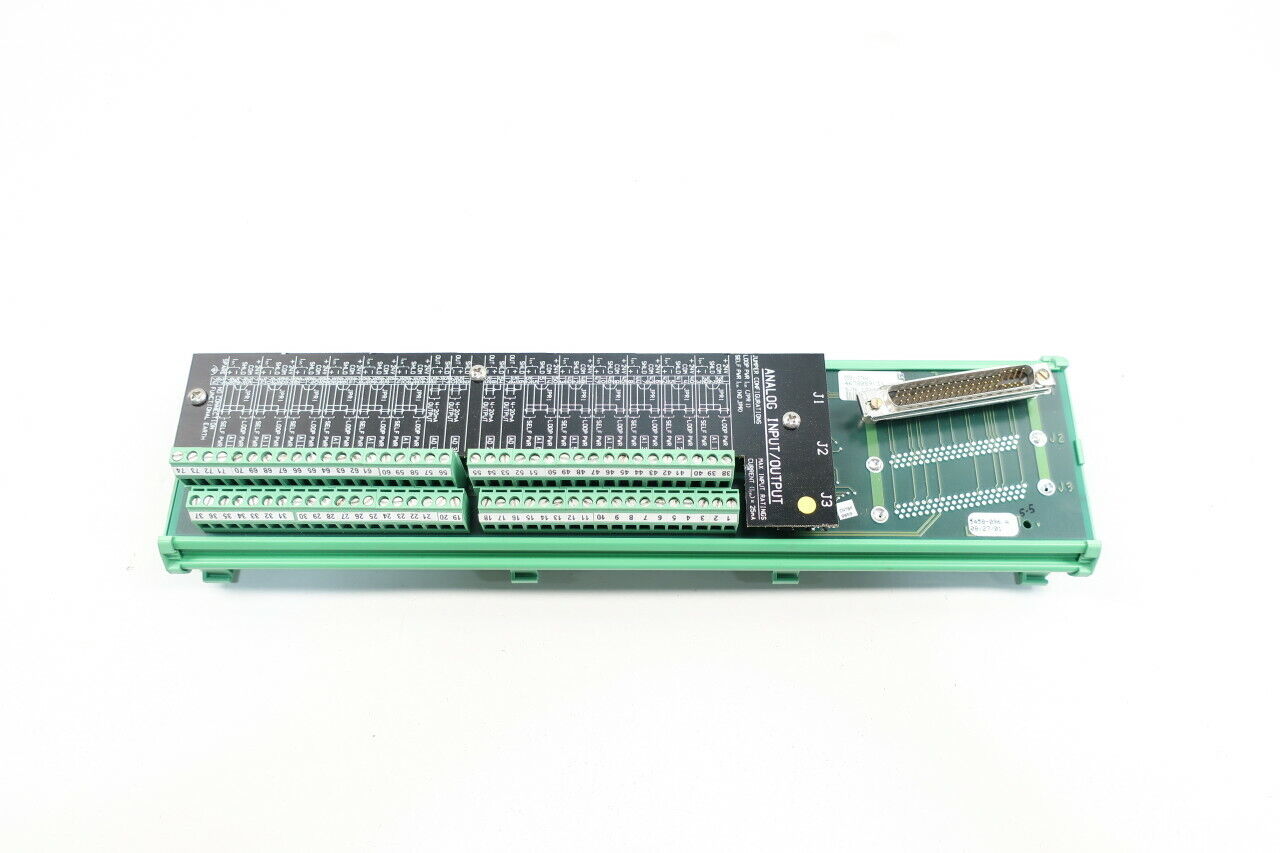
World Of Controls understands the criticality of your requirement and works towards reducing the lead time as much as possible.
5501-376 - Analog I/O Module is available in stock which ships the same day.
5501-376 - Analog I/O Module comes in UNUSED as well as REBUILT condition.
To avail our best deals for 5501-376 - Analog I/O Module, contact us and we will get back to you within 24 hours.
Part Number: 5501-376
Manufacturer: Woodward
Product type: Analog I/O Module
Repair: 3-7 Day
Update time: 5 ms
Input frequency: 100 - 25000 Hz
Input amplitude: 1-25 Vrms
Input impedance: 2000 Ohms
Isolation voltage: 500 Vrms
Resolution: 12 bits min
Accuracy: 0.03% full scale, minimum
Isolation voltage: 0 Vrms
Accuracy: Software calibrated to 0.03% full scale
Availability: In Stock
Country of Manufacture: United States (USA)
5501-376 is a Analog I/O Module developed by Woodward. The circuitry in the High Density Analog I/O module supports four speed sensor inputs, eight analog inputs, four analog outputs, and two proportional actuator driver outputs. Each speed sensor input can be magnetic or proximity probe, each analog input can be 4-20 mA or 0-5 V, and each actuator driver can be 4-20 mA or 20-160 mA. The Analog Combo Modules are available in two configurations. The analog inputs on one are set to 4-20 mA, while the analog inputs on the other are set to 0-5 V. In a simplex system, either Analog Combo module is connected to one Analog Combo FTM via two analog cables. The FTM supports all of the I/O, and the channels are labeled to correspond to their software locations, for example, analog input 1 on the FTM corresponds to analog input 1 in the application software. This module contains no potentiometers and does not require calibration. A module can be replaced with another module with the same part number with no modifications.
World of Controls has the most comprehensive selection of GE and Woodward components. Our professionals are available to help you with your requirements at any time. If you require any additional information, please contact WOC immediately.
What is 5501-376?
It is Analog I/O Module developed by Woodward.
What are the features of the High Density Analog I/O module?
The High Density Analog I/O module supports four speed sensor inputs, eight analog inputs, four analog outputs, and two proportional actuator driver outputs. It offers flexibility in terms of the type of inputs and outputs it can handle.
What types of speed sensors are supported by the module?
The module can accept either magnetic or proximity probe speed sensor inputs. This allows for compatibility with different types of speed sensors depending on the specific application.
What are the options for analog inputs?
The analog inputs can be either 4-20 mA or 0-5 V. This means that the module can handle signals in either of these two ranges, providing flexibility for different input signal types.
What are the options for actuator driver outputs?
The module provides two proportional actuator driver outputs, which can be configured as either 4-20 mA or 20-160 mA. This allows for controlling actuators within these specified current ranges.